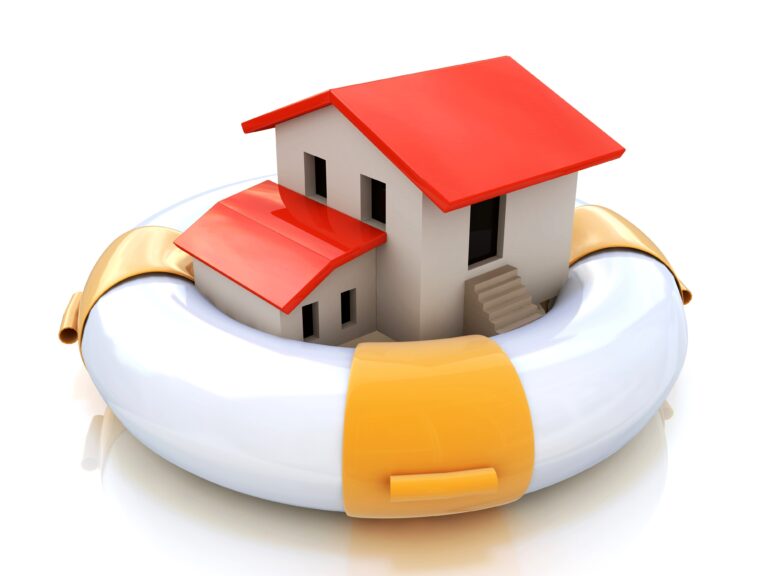California’s Emergency Insurance Rules for Wildfire Recovery
Following the devastating Southern California wildfires, property owners face the daunting task of rebuilding or repairing their homes. The first step for most will be filing insurance claims, a process that can be complex and challenging. California laws offer significant protections and expanded coverage options for policyholders affected by declared emergencies.
Expanded Coverage Options
Under California Insurance Code § 10103.7(a), policyholders can combine dwelling and other structures coverage limits when their property is damaged during a declared state of emergency. This rule provides crucial relief as the scale of the recent LA wildfires strains materials and labor supplies, likely increasing rebuild costs. For personal property claims, insurers must release 30% of the coverage without requiring itemized lists in cases of total loss during a state of emergency. Policyholders can group items by category rather than listing individual items, and insurers cannot mandate company-specific inventory forms.

Loss of Use Coverage and Alternative Living Expenses
Insurers must issue advance payments of at least four months of living expenses following a loss during a state of emergency. The standard 12-month limit for loss of use coverage is extended to 24 months, with an additional 12-month extension possible if delays occur despite the policyholder’s reasonable diligence. These provisions help homeowners manage the extended displacement period typical after major wildfires.
Protection Against Policy Cancellations
California law prohibits insurers from canceling policies within one year of a total loss, extending to two years if the loss resulted from a declared disaster. For policyholders in or near fire perimeters, cancellations are prohibited for 12 months solely based on their location in a fire zone. These protections are particularly important given the recent trend of insurers leaving California.
Options for Homeowners
Policyholders have the right to rebuild in a different location or purchase a new home without facing deductions for land value differences. They can still claim code-upgrade coverage and replacement cost coverage. For those uninsured or underinsured, state and federal resources, including FEMA assistance, will be available.
Navigating the Claims Process
Insurance claims are negotiable up to policy limits, making advocacy crucial. Insurers may face significant financial burdens and staffing challenges, and adjusters might be unfamiliar with emergency-specific rules. Thorough documentation of losses is essential for obtaining full coverage. Even after initial claims are processed, litigation may continue for years, making detailed record-keeping vital.
By understanding these California laws and protections, property owners can better navigate the complex insurance claims process and maximize their recovery following the wildfires.


